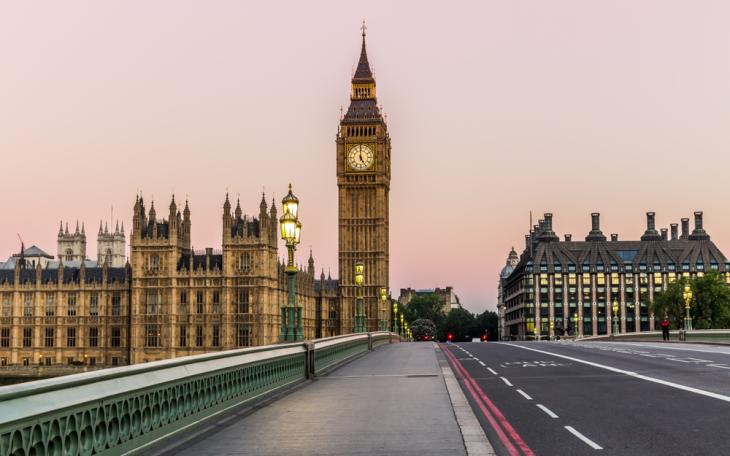Looking for the way out

By Simon Gentry, Managing Partner
There are two questions haunting government thinking at the moment and both get more urgent by the day: The first is whether the cure is worse than the disease i.e. whether shutting down the economy and risking a second great depression is going to cause greater misery than the coronavirus itself. The second is how on earth we get out of the lockdown and back to some kind of normality.
The scenario presented by the OBR a few days ago imagined a 35% fall in GDP across a three-month period with around two million more people unemployed. There are other scenarios from other groups which suggest that it could take a decade or more to get back to normal. And remember that the huge bailout of the economy the government is trying to achieve is all borrowed money and that the interest will need to be serviced and the capital repaid. In addition, while the UK seems able to sell its gilts quite easily, weaker advanced economies such as Italy and Spain are finding it much harder. A default by one of them or a large developing economy would have a devastating impact of the European and global banking system. The outlook is therefore bleak and every week that the economy remains frozen, the worse it becomes. The exceptionally difficult balance that needs to be struck may therefore be between suffering more ill-health and deaths for longer but with an economy that begins to function, or less sickness, fewer deaths and a depression to rival the 1930s.
Until we manage to vaccinate or obtain natural immunity of about 60% of the population, we will not really be able to go back to a genuinely normal situation. The virus will still be with us ready to strike at any moment and the cost of shutting the economy down a second time to contain an out-break will be even greater. We are told that even if a vaccine that works is developed, and even with a hugely truncated approvals process, we could be looking at the middle or end of next year before millions of doses are being produced, enough to we can dispense with social distancing. Ramping up testing, enough to test hundreds of thousands for antibodies is also quite some way off. Even if a test existed producing it at scale is a huge undertaking.
So, what then is the current thinking in government circles about how we answer the two questions above.
We hear chatter at the political, if not Whitehall, circles, that like Italy, Germany and other countries, the strategy is for there will be a systematic and progressive loosening of the lockdown. Some sectors, such as construction, will be encouraged to return to work in early May with workers told not to get too close to each other. Similarly, small shops may be able to resume trading so long as they do not allow themselves to become crowded. There are even suggestions that restaurants would be able to open if the tables were sufficiently widely spaced. The strategy would be to open the economy inch by inch, whilst ramping up anti-body testing, encouraging face mask wearing and carefully matching openness against health service capacity to ensure it copes whilst the most vulnerable are shielded. The aim (whisper it!) is to build a herd immunity while we wait for a universal vaccine. The first loosening is likely to be tried in early May and if the message is understood and the new rules respected, further moves would follow in the weeks after. To describe the balance they are trying to strike as “fine” is the understatement of the century but is a choice that must be made.








